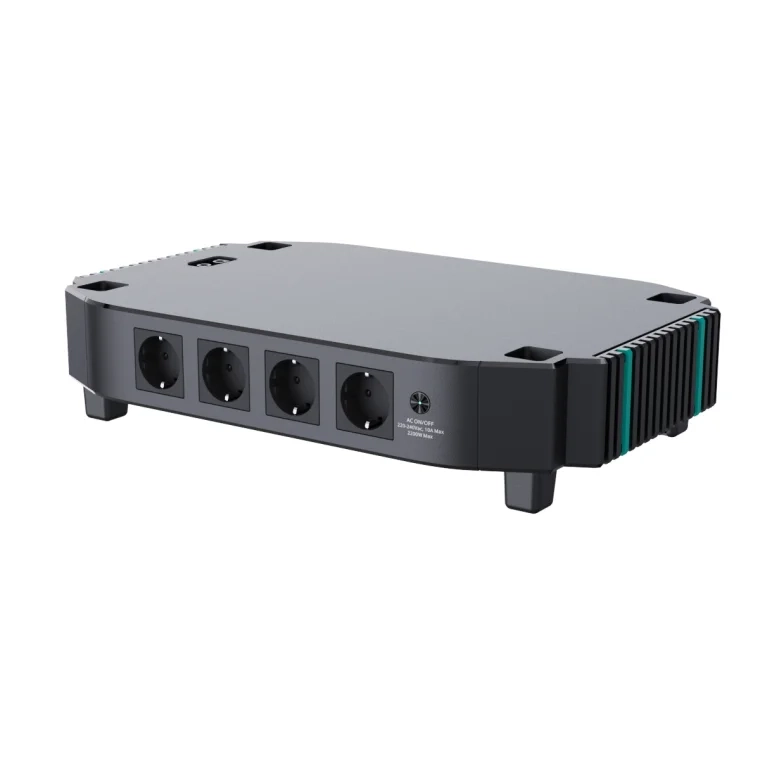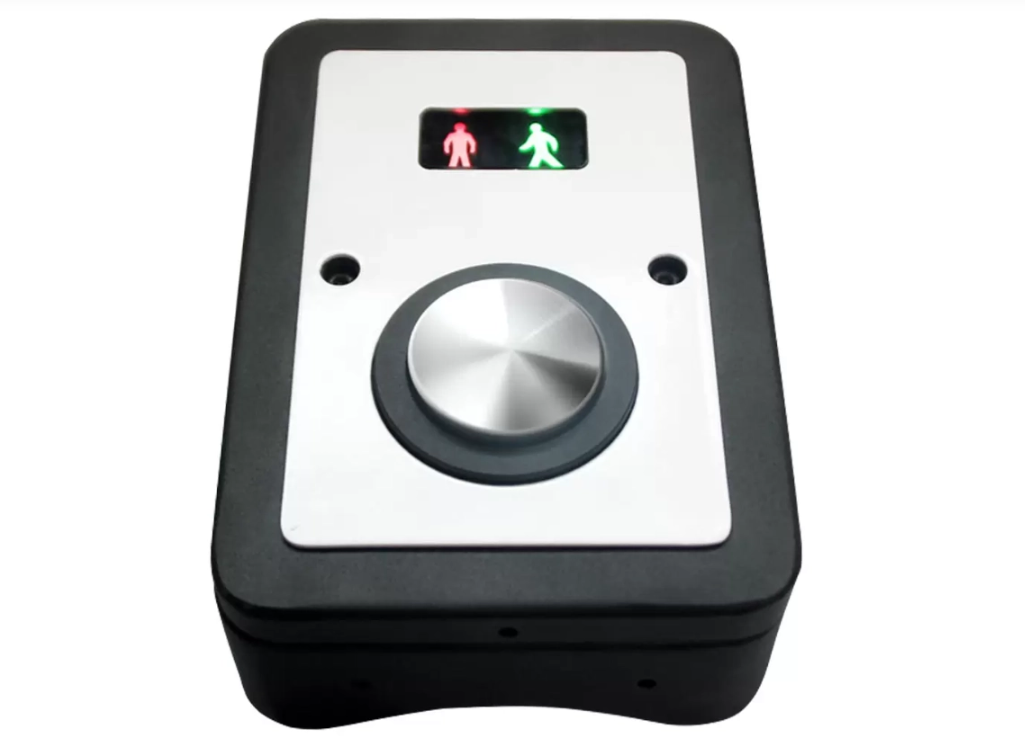When it comes to purchasing furniture, timing can be just as important as style and quality. Understanding the seasonal trends in furniture buying can help consumers make informed decisions, while also allowing retailers to optimize their inventory and marketing strategies. In this article, we will explore the various seasons that influence furniture purchases, the factors driving these trends, and tips for both consumers and retailers to navigate the furniture market effectively.
Spring: A Time for Renewal
Spring is often associated with renewal and rejuvenation, making it a popular season for home improvement and furniture purchases. As the weather warms up, people begin to spend more time outdoors and feel inspired to refresh their living spaces. This season typically sees an increase in sales of outdoor furniture, as consumers look to create inviting patios and gardens for entertaining.
Factors Influencing Spring Purchases:
- Spring Cleaning: The tradition of spring cleaning encourages homeowners to declutter and redecorate, leading to a surge in furniture sales.
- New Beginnings: Many people move during the spring, whether due to job changes or the end of the school year, prompting the need for new furniture.
- Sales Promotions: Retailers often launch spring sales to attract customers, making it an ideal time for consumers to find deals on new furniture.
Summer: The Peak Season for Outdoor Living
Summer is synonymous with outdoor living, and this season sees a significant uptick in the purchase of outdoor furniture, such as patio sets, loungers, and umbrellas. Families and friends gather for barbecues and gatherings, prompting homeowners to invest in comfortable and stylish outdoor spaces.
Key Considerations for Summer Purchases:
- Seasonal Sales: Many retailers offer discounts on outdoor furniture during the summer months, making it an attractive time for consumers to buy.
- Lifestyle Changes: With longer days and warmer weather, people are more inclined to host gatherings, leading to increased demand for outdoor seating and dining options.
- Travel and Leisure: Summer vacations can also influence furniture purchases, as consumers may seek to create a vacation-like atmosphere in their homes.
Fall: The Transition to Cozy Interiors
As the temperatures begin to drop, fall ushers in a shift in consumer preferences towards cozy and warm interiors. This season is marked by an increase in the purchase of indoor furniture, particularly items that enhance comfort, such as sofas, armchairs, and decorative accessories.
Driving Factors for Fall Purchases:
- Back-to-School Season: Families often reassess their living spaces as children return to school, leading to purchases that accommodate study areas or family rooms.
- Holiday Preparations: With the holiday season approaching, many consumers invest in furniture that enhances their entertaining spaces, such as dining tables and seating arrangements.
- Seasonal Trends: Fall colors and textures influence furniture styles, prompting consumers to seek out pieces that reflect the season's aesthetic.
Winter: The Season of Sales and Home Comfort
Winter is a unique season for furniture buying, characterized by holiday sales and a focus on home comfort. As people spend more time indoors, there is a heightened interest in creating warm and inviting living spaces.
Key Trends in Winter Purchases:
- Holiday Sales: Major retail events, such as Black Friday and post-Christmas sales, drive significant furniture purchases as consumers look for deals.
- Comfort and Warmth: The desire for cozy interiors leads to increased sales of items like plush sofas, blankets, and decorative pillows.
- New Year Resolutions: The start of a new year often inspires consumers to refresh their homes, leading to a surge in furniture purchases as part of their resolutions.
Conclusion: Timing is Everything
Understanding the seasonal trends in furniture buying can empower consumers to make strategic purchasing decisions while enabling retailers to align their marketing efforts with consumer behavior. By recognizing the factors that drive furniture purchases throughout the year, both parties can navigate the market more effectively.





